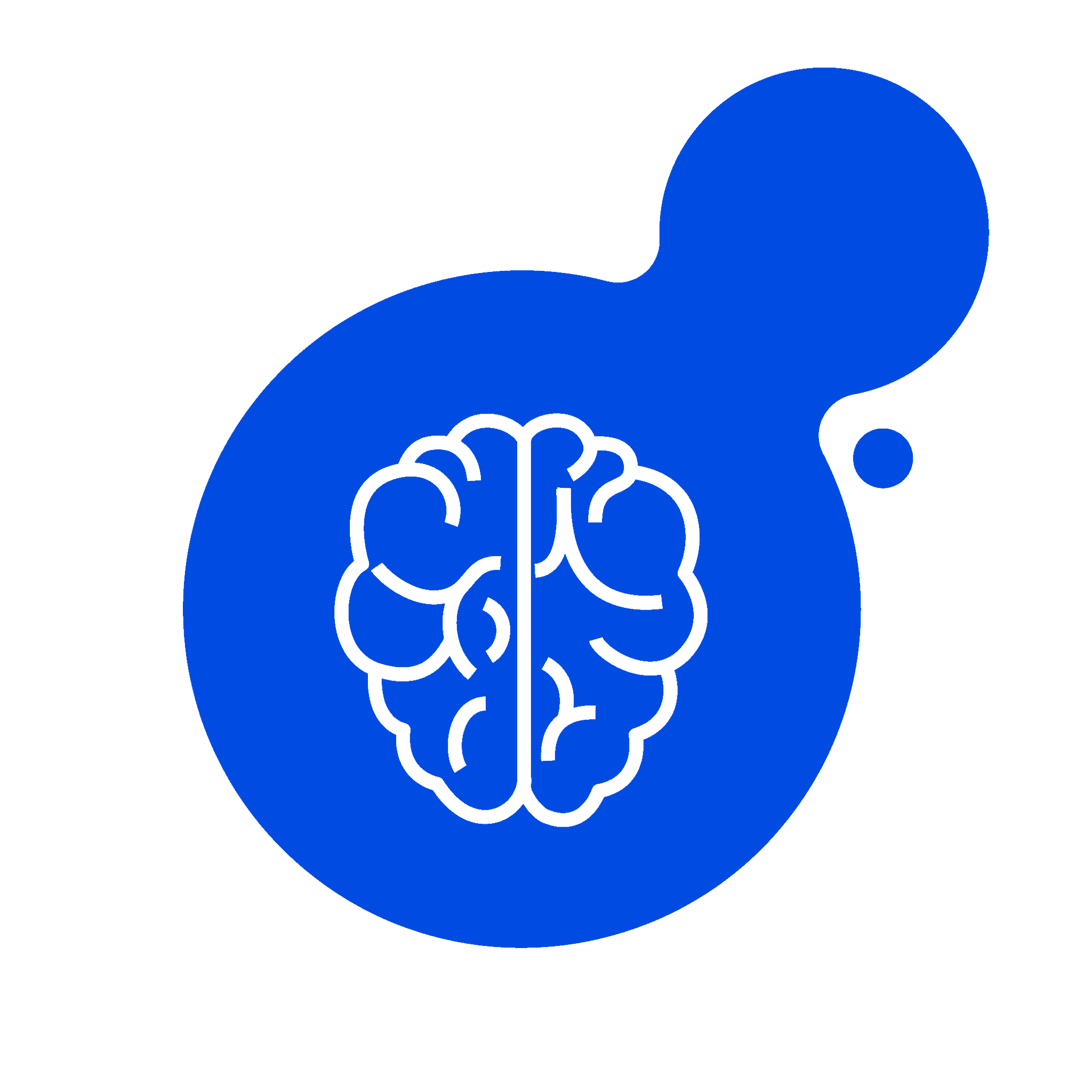As AI becomes an increasing part of our daily lives, we need to be able to understand AI-based systems and trusting all manner of decision making and predictions is paramount. At inclusio, we are transparent about our AI systems and ensure human users will be able to understand and trust decisions.
By AI fairness we mean the equitable treatment of individuals, or groups of individuals, by an AI system without favouritism or discrimination. At inclusio, we ensure predictions are calibrated for each group, resulting in fairer choices, countering human biases, and promoting inclusivity.
For AI to be ethical, it must not depend solely on automated processes. At inclusio, we define additional touchpoints where humans are involved in validating predictions or decisions from the AI and where relevant, provide corrections.
It is critical that AI systems are capable of processing data inputs while also respecting users’ privacy. At inclusio, encryption is applied on all communications maintaining the security and authenticity of data. In addition, data is aggregated ensuring the privacy of individuals are protected and at all times.





